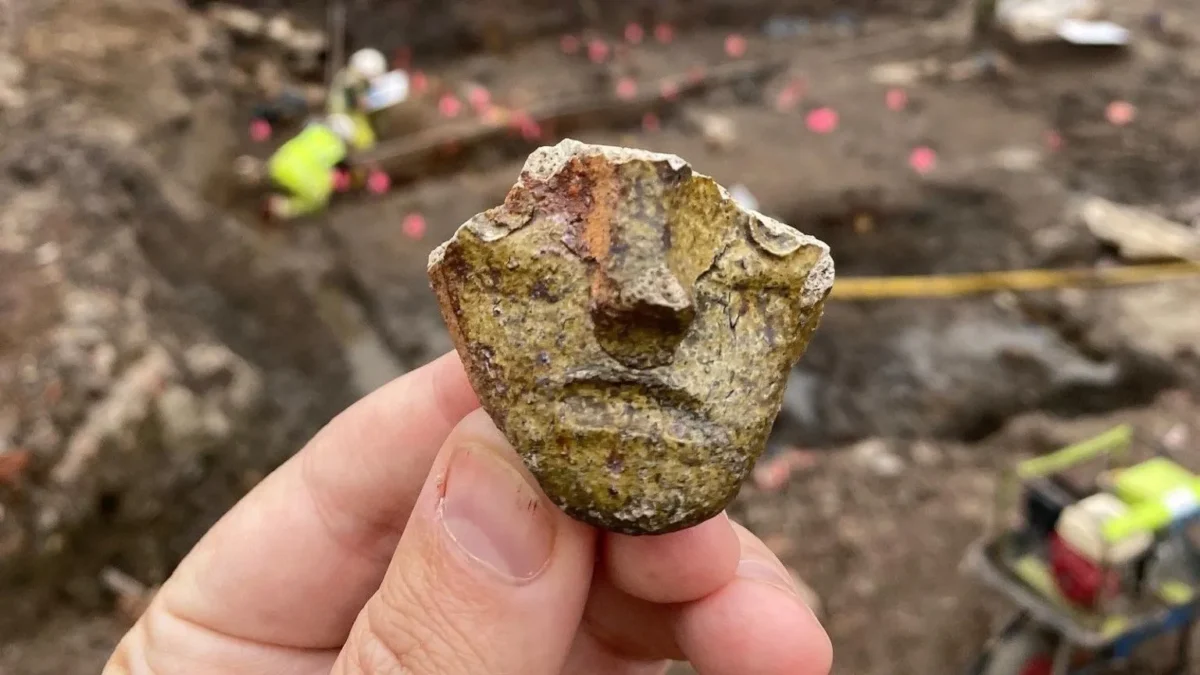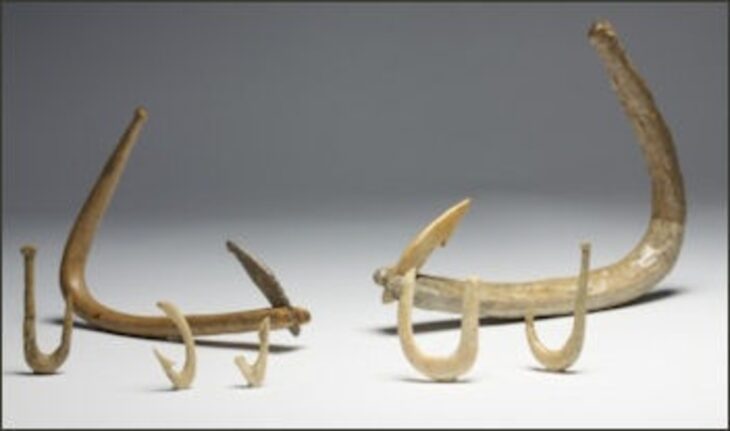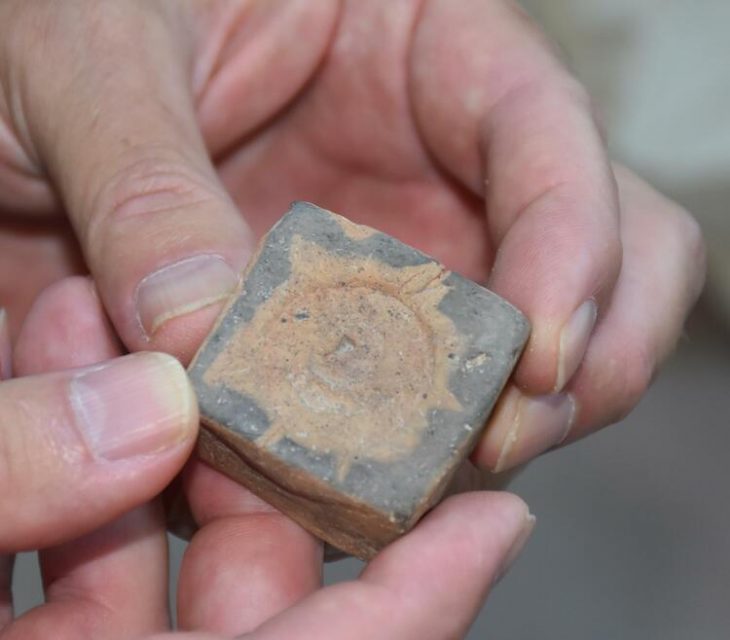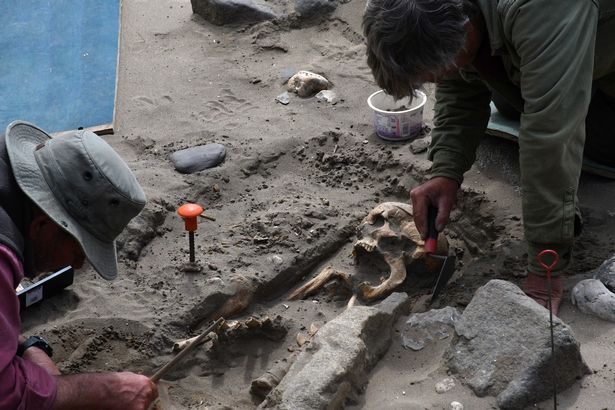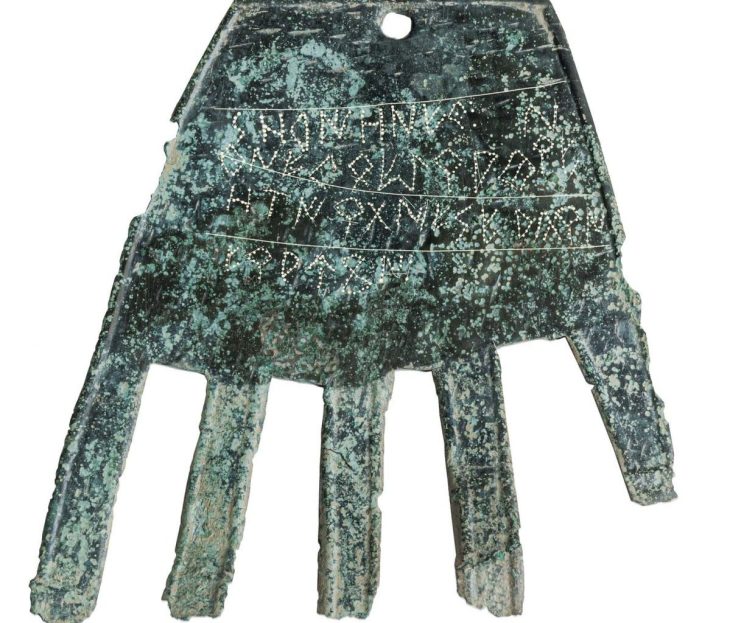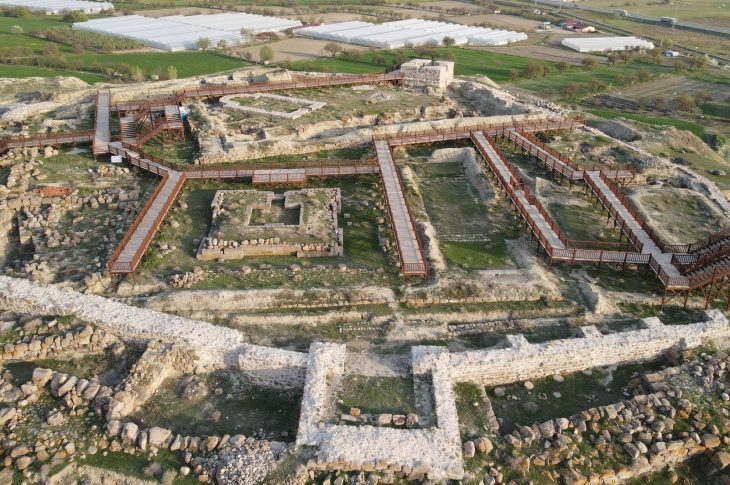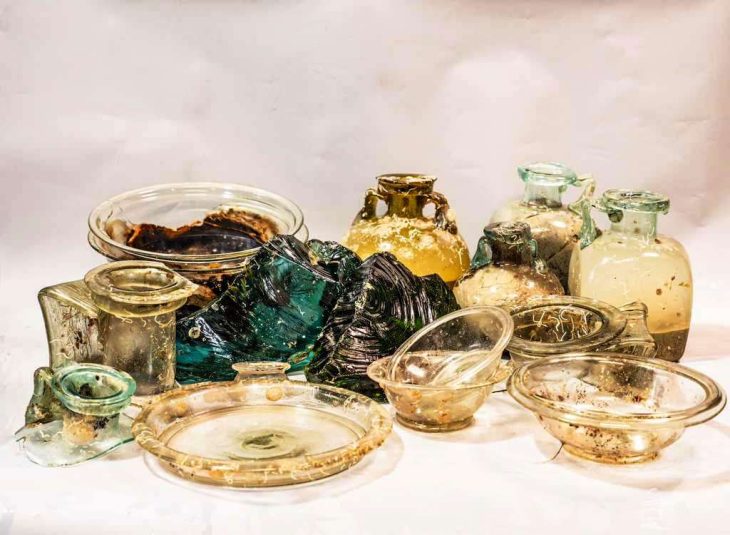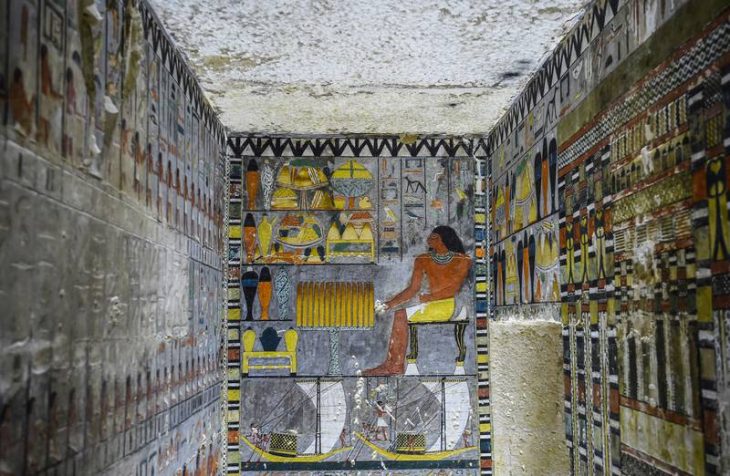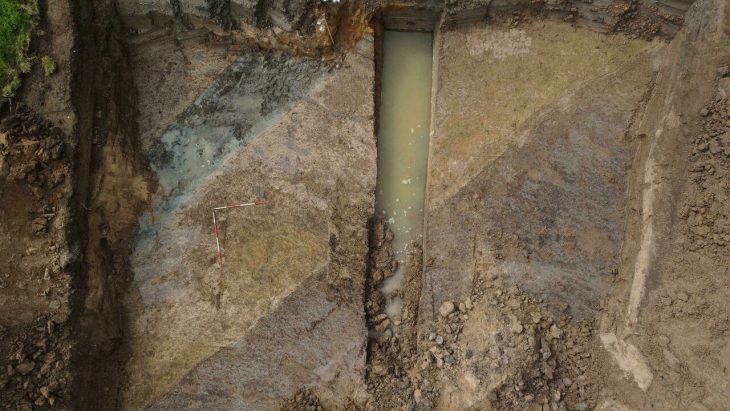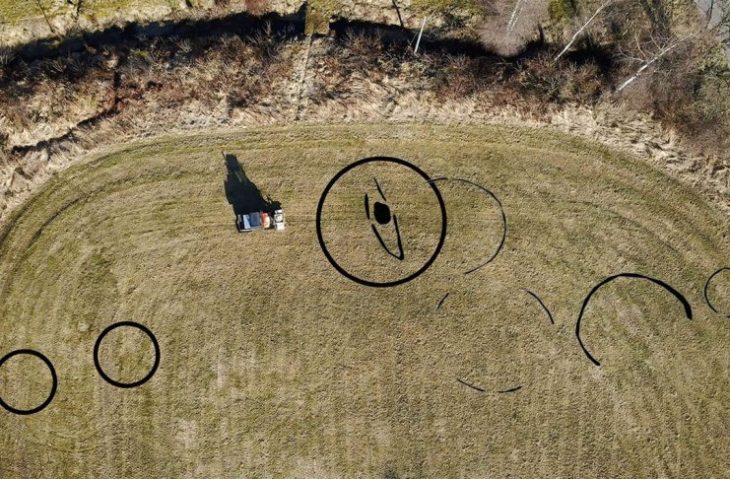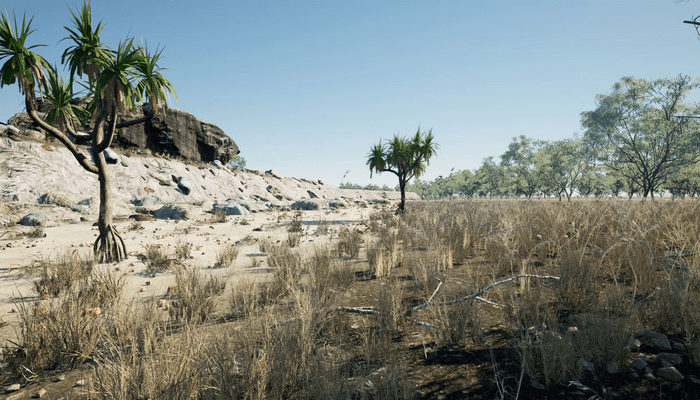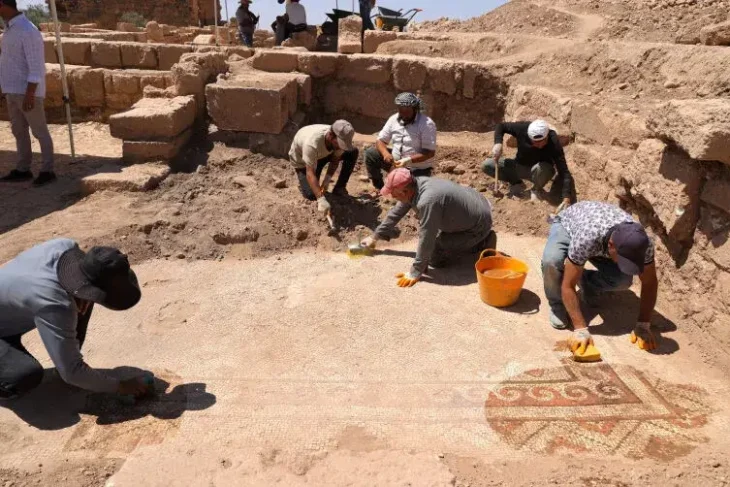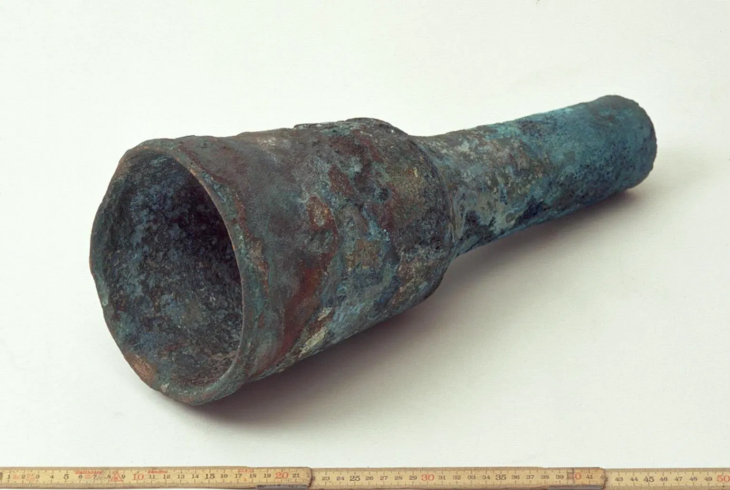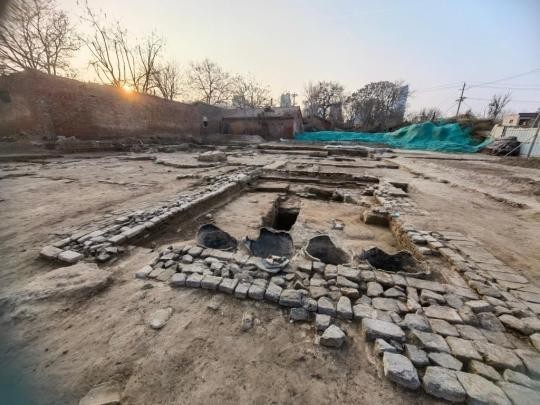Archaeologists in Glasgow, Scotland, have uncovered rare traces of the city’s earliest medieval suburbs during excavations in the Gallowgate district, revealing remarkably preserved wooden structures and pottery dating back to the 13th–14th centuries.
The discovery, made by GUARD Archaeology at the Spoutmouth site—now being redeveloped for social housing—lies 4.5 metres beneath the present street level. The remains include 63 upright wooden posts set in three parallel rows, woven fencing, animal bones, and fragments of medieval pottery. Constant flooding of the area has ironically preserved this fragile organic material for centuries.
A Glimpse into Glasgow’s First Expansion
Experts believe the finds represent part of an early eastward expansion of the medieval burgh, which was officially granted status in 1175 by King William the Lion. This status transformed Glasgow into a centre of trade and governance, laying the foundations for the thriving city it would become.
“This is a rare survival of organic archaeology in the heart of Glasgow,” said Thomas Muir, who leads the excavation team. “It is extraordinary that, in the same year the city celebrates 850 years of burgh status, we have uncovered physical evidence of its earliest growth.”
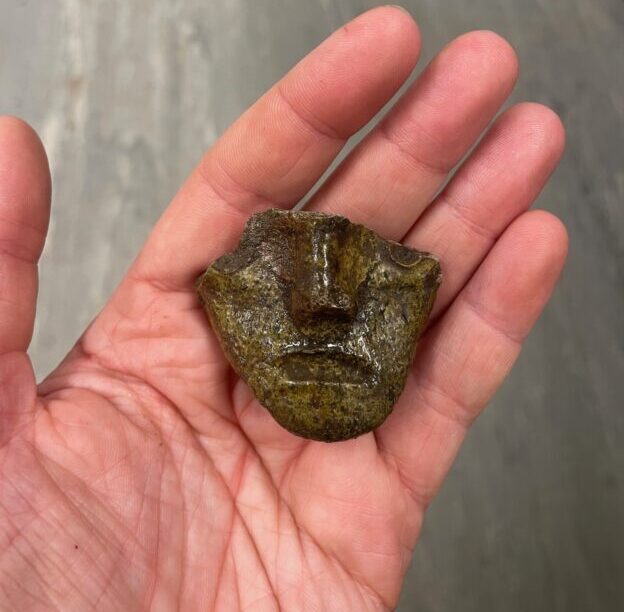
Life Beside the Molendinar Burn
The site sits on the southern edge of the long-vanished Molendinar Burn, the stream where St Mungo is said to have founded his church in the late 6th century. The area later became pivotal in the city’s medieval development, with Glasgow Cathedral rising nearby in the 12th century.
📣 Our WhatsApp channel is now LIVE! Stay up-to-date with the latest news and updates, just click here to follow us on WhatsApp and never miss a thing!!
Bob Will, a medieval pottery specialist at GUARD Archaeology, explained: “The bulk of the pottery comes from the 13th and 14th centuries. The fencing and associated finds confirm this was once part of a medieval settlement on the city’s edge.”
From Medieval Settlement to Modern Housing
The excavation was triggered by plans from the Wheatley Group to build 34 social homes and two commercial units, supported by a £5.57 million grant from the Scottish Government. While modern construction will resume once archaeologists complete their work in November, the wooden posts and pottery will be conserved and eventually transferred to museums for study and display.
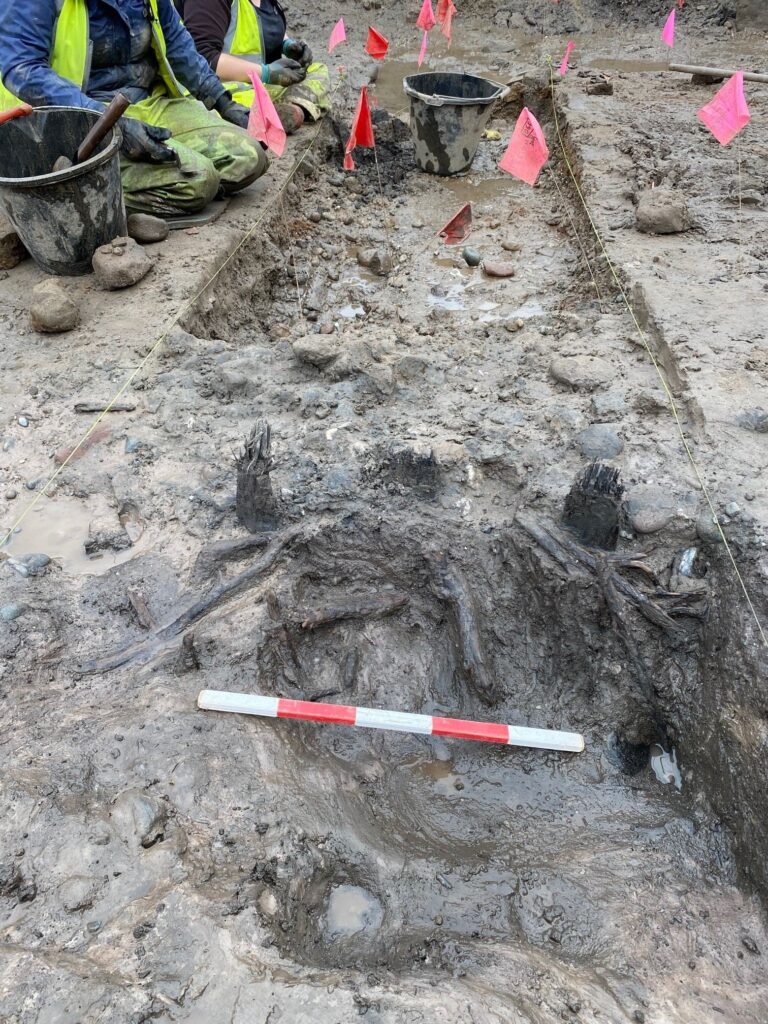
Why It Matters
The survival of medieval wooden structures in an urban setting is exceptionally rare, offering archaeologists a unique chance to explore Glasgow’s formative years. For residents, it connects the city’s modern transformation with its earliest roots.
As Glasgow looks forward to its future, these finds remind the city of its beginnings—when a settlement by the Molendinar Burn grew into a burgh, and eventually into Scotland’s largest city.
Cover Image Credit: Sherd of a 13th-14th century jug with face. Guard Archaeology

